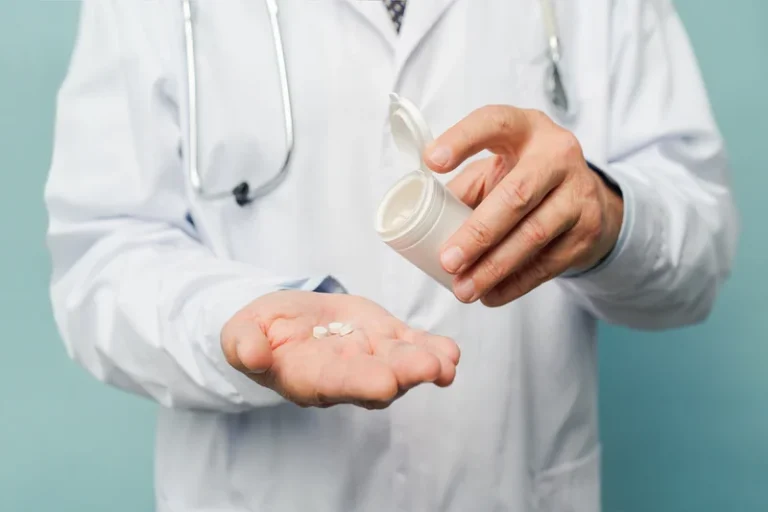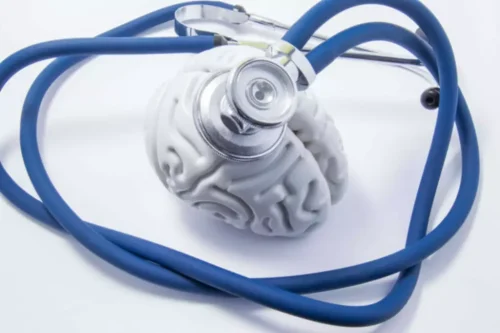
However, a meta-analysis by Faraone and Buitelaar (2010) did show moderately greater efficacy for amphetamine medications. This agrees with preclinical findings that methylphenidate also markedly enhances catecholaminergic drive in the PFC and striatum (see Heal et al., 2009, 2012). On the other hand, several trials have reported the superior efficacy of amphetamine in amphetamine addiction the treatment of ADHD in comparison with the non-stimulant, selective noradrenaline reuptake inhibitor, atomoxetine (Strattera®) (Biederman et al., 2006; Faraone et al., 2007; Wigal et al., 2005). Although three studies reported data on withdrawal symptoms, only two studies involving 74 participants were included in the analysis (Srisurapanont 1999b; Cruickshank 2008).
Causes of addiction
However, these programs have been more successful in some states than others. A person may require physical restraint or sedation to avoid self-harm or harm to others. A person may have a stroke, heart problems, or liver or kidney damage due to misuse of amphetamines.
7. Data synthesis
When comparing the effects of drugs on the efflux of catecholamines in the PFC it is important to take into account the highly unusual neuroanatomy of this brain region. The density of DAT sites on PFC dopaminergic neurones is very low (Hitri et al., 1991), and as a consequence, most dopamine that is released is sequestered via NET into noradrenergic neurones (Mazei et al., 2002; Morón et al., 2002; Stahl, 2003). Since then, it has transformed from a drug that was freely available without prescription https://ecosoberhouse.com/ as a panacea for a broad range of disorders into a highly restricted Controlled Drug with therapeutic applications restricted to attention deficit hyperactivity disorder (ADHD) and narcolepsy. This review describes the relationship between chemical structure and pharmacology of amphetamine and its congeners. Amphetamine’s diverse pharmacological actions translate not only into therapeutic efficacy, but also into the production of adverse events and liability for recreational abuse.

Chan‐Ob 2001 published data only
Where disputes arose the full reports were acquired for more detailed scrutiny. The reviewers (MS & NJ) then independently inspected all these full study reports. All searches included non‐English language literature and studies with English abstracts were assessed for inclusion. The Relative Risk (RR) with the 95% confidence interval (95% CI) was used to assess dichotomous outcomes. The Weighted Mean Difference (WMD) with 95% CI was used to assess continuous outcomes. It’s important to know more about the substances your provider prescribes or the products within your household.
International Patients
There was significant heterogeneity in the size of associations documented by different studies. Such heterogeneity is inevitable and expected when synthesising data across different outcome measures and study methods, and is likely to reflect variation in the true effect size depending on such factors [86]. We used random effects meta-analysis to allow for this heterogeneity; these show overall associations despite variation in individual study outcomes [24]. Unfortunately, the small number of studies that were eligible for inclusion in the meta-analysis meant that we could not robustly examine what factors were driving heterogeneity. There were no data available for a meta-analysis on anxiety for any use of amphetamines and only three studies had data on amphetamine use disorders.
What are controlled substances?
Accordingly, the balance of benefit/risk is the key challenge for its clinical use. The review charts advances in pharmaceutical development from the introduction of once-daily formulations of amphetamine through to lisdexamfetamine, which is the first d-amphetamine prodrug approved for the management of ADHD in children, adolescents and adults. The unusual metabolic route for lisdexamfetamine to deliver d-amphetamine makes an important contribution to its pharmacology.
- A major weakness in this literature was the failure to identify and adjust for potential confounding variables.
- This sensation is something that can cause addiction because people might look to feel that rush more often than they should, as prescribed by their healthcare provider.
- Lisdexamfetamine may be preferred if there is increased concern for misuse by the patient or a household member, as its chemically-phased release allows for once-daily dosing and may theoretically deter abuse.
- Harmonisation of outcomes and outcome measures to produce results that can be synthesised by meta-analyses should be a sector-wide imperative, to ensure better research synthesis.
- Different treatment options may be indicated for various degrees of severity of disorder.
Users of amphetamines are also twice as likely to need long-term treatment than users of other drugs (17% versus 8%). Some studies have suggested about 30% of patients with amphetamine-induced psychosis end up with a primary psychosis over time. The evidence about the treatment for amphetamine withdrawal is very limited. Although amineptine has limited benefits for amphetamine withdrawal, this drug has been withdrawn from the market.


In another study (Cruickshank 2008), participants were administered 15 mg of mirtazapine on the first two nights and 30 mg mirtazapine every night for the next 12 nights. In all four studies (Srisurapanont 1999b; Jittiwutikan 1997, Kongsakon 2005; Cruickshank 2008), the treatment duration was 14 days. The reviewers examined whether the decision to include the data obtained from studies in which most (50%‐75%) participants were amphetamine dependent or abuse affected the results of review.
5. Data extraction
Amphetamine also releases adrenaline from the peripheral sympathetic nervous system, an action linked to its cardiovascular side effects. Although most of these experiments have looked at the effects of amphetamine isomers on basal [3H]monoamine release from synaptosomes or slices, amphetamine also augments electrically stimulated efflux (Easton et al., 2007). This action indicates that its retro-transport mechanism can act both co-operatively with, and independently of, neuronal firing.
- In this course, participants explore the multifaceted management of amphetamine toxicity.
- Of the four studies that met the inclusion criteria, two studies compared amineptine with placebo (Jittiwutikan 1997; Srisurapanont 1999b) and two studies compared mirtazapine with placebo (Kongsakon 2005; Cruickshank 2008).
- Once you’ve been addicted to a drug, you’re at high risk of falling back into a pattern of addiction.
- However, when considering any drug’s potential for recreational abuse, the time required for it to produce its peak response is likely to be as important as its magnitude.
Selection criteria
As shown in Figure 1, the similarity between the chemical structures of the catecholamine neurotransmitters, noradrenaline and dopamine, and the isomers of amphetamine is abundantly clear. The 3-D structures of the catecholamines and amphetamine molecules reveal the long planar conformation that is common to all of these compounds. NET (noradrenaline transporter), DAT (dopamine transporter) and SERT (5-HT transporter). There is also a clear pattern of high dosage and daily usage correlating with higher risks of substance-induced psychosis.



